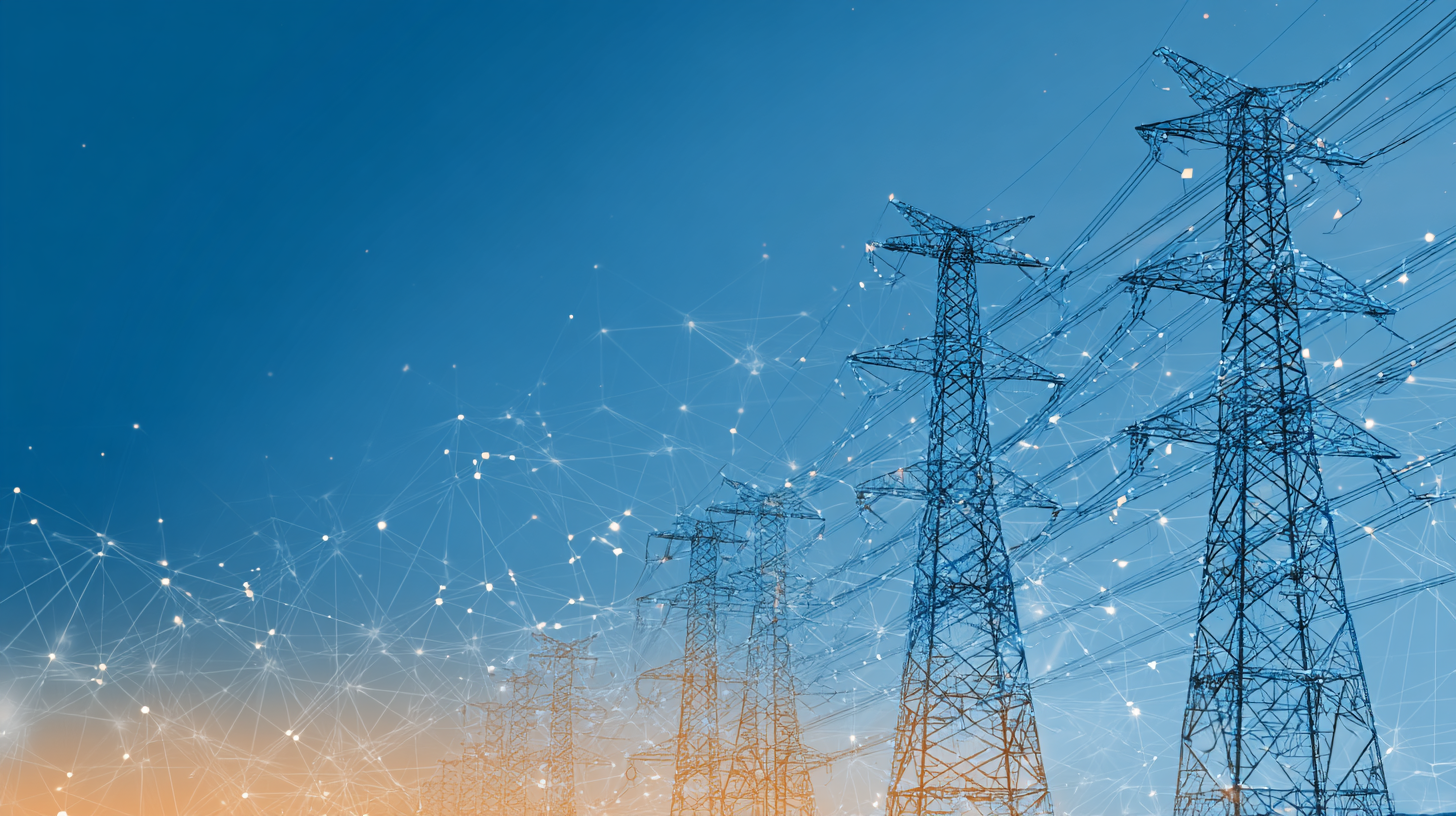The U.S. Department of Energy (DOE) has issued an urgent emergency power order to secure the Southeast power grid. This decisive action comes in response to the severe heat wave currently gripping the region, which raises concerns about the stability of the electricity supply. With temperatures soaring and demand for power at an all-time high, the risk of grid shortfalls is palpable. For energy sector professionals and policymakers, understanding these developments and their implications on power grid security is crucial.
Understanding the Emergency Order
As temperatures skyrocket across the Southeast, the DOE has proactively implemented regulatory measures to mitigate potential crises. This emergency order is a direct response to unprecedented heat, which has been linked to increased energy demands and operational challenges for power suppliers. The order empowers the DOE to approve urgent modifications to operational protocols, allowing utilities to enhance their responsiveness and reliability.
The Context of the Heat Wave
The ongoing heat wave has created a critical situation in the Southeast U.S. As temperatures consistently exceed normal levels, electricity demand surges, pushing utilities to the brink of their operational capacities. According to a report by the National Oceanic and Atmospheric Administration, regions facing extended periods of heat are at higher risk of experiencing rolling blackouts, prompting the necessity for immediate regulatory measures.
Key Challenges Addressed by the Emergency Order
The issuance of the emergency order directly addresses several pressing challenges:
- Increased Demand: The extreme heat leads to higher air conditioning usage, amplifying energy loads on the grid.
- Infrastructure Strain: Aging grid infrastructure in many Southeastern states may not effectively withstand the sudden surge in demand.
- Grid Stability Risks: Potential shortfalls can lead to brownouts or blackouts if not managed effectively.
These challenges highlight the critical nature of grid security in ensuring reliable power supply during extreme weather events.
Regulatory Insights and Implications
With the DOE’s emergency order, the landscape of energy regulation in the Southeast is evolving rapidly. Energy sector professionals must grasp the implications of this order:
- Adaptable Regulations: The emergency measures allow flexibility in operations, promoting greater adaptability in times of crisis.
- Collaborative Approaches: State and federal agencies are encouraged to develop collaborative frameworks to address energy challenges.
- Enhanced Communication: The emergency measures underscore the importance of effective communication strategies to inform the public and stakeholders on energy risks and management.
How Emergency Orders Can Stabilize the Power Grid
Emergency orders are integral to maintaining grid stability during extreme conditions. They enable utilities to:
- Implement rolling adjustments to service delivery, ensuring critical infrastructure is prioritized.
- Streamline coordination between local utilities and federal agencies to enhance response times.
- Develop emergency resource deployment plans to swiftly allocate power generation assets where demand is highest.
These actions not only stabilize the grid but also prepare the energy sector for future emergencies.
Examples of Effective Emergency Measures
Looking at successful case studies can provide invaluable insights. For instance, during the California heatwave in 2020, the state’s independent system operator implemented similar emergency regulations, which included:
- Emergency resiliency planning that allowed for the rapid deployment of additional renewable resources.
- Activation of demand response programs where users shifted energy use during peak periods.
Such measures significantly reduced interruptions and maintained service stability. Similar strategies could be adopted in the Southeastern U.S. to ensure a resilient future.
Call to Action: Staying Informed on Energy Policies
For energy sector professionals and policymakers, staying abreast of evolving policies is imperative. Engage with your local utilities and regulatory bodies to understand how these changes may impact operations. Consider subscribing to updates from the DOE and industry associations to receive timely information on energy regulations and grid security measures. Awareness is a crucial step towards preparedness.
The Future of Grid Security: An Industry Perspective
The energy landscape is changing, and the Southeastern U.S. must adapt to remain resilient. The combination of climate change, aging infrastructure, and increasing energy demands necessitates a proactive approach toward grid security. The DOE’s emergency order is a significant step, but it’s also a call to action for all stakeholders in the energy sector.
Collaboration and Innovation As Key Solutions
As we face ongoing challenges, collaboration across the energy sector can lead to innovative solutions. Here are some key opportunities:
- Invest in technology: Emphasizing investments in smart grid technology can enhance automation and monitoring systems.
- Policy alignment: Ensure that all regulatory policies are effectively aligned to meet future demands and standards.
- Strengthen infrastructure: Commitment to upgrading aging infrastructure will reduce vulnerabilities and enhance grid reliability.
By focusing on these areas, the energy sector can build a more robust framework to manage both current and future challenges.
Conclusion
The emergency power order issued by the DOE serves as both a vital response to immediate challenges and a guiding framework for future energy security. For energy professionals and policymakers, understanding the implications of such measures is critical in navigating this complex landscape. Emphasizing collaboration, innovation, and preparedness will be essential as the Southeast navigates ongoing and future energy demands.
In conclusion, staying informed on energy policies and regulations is crucial. Engage constructively with the ongoing changes in grid management and prepare for a more resilient energy future. Let’s prioritize grid security to ensure stable energy supply during extreme weather conditions.

